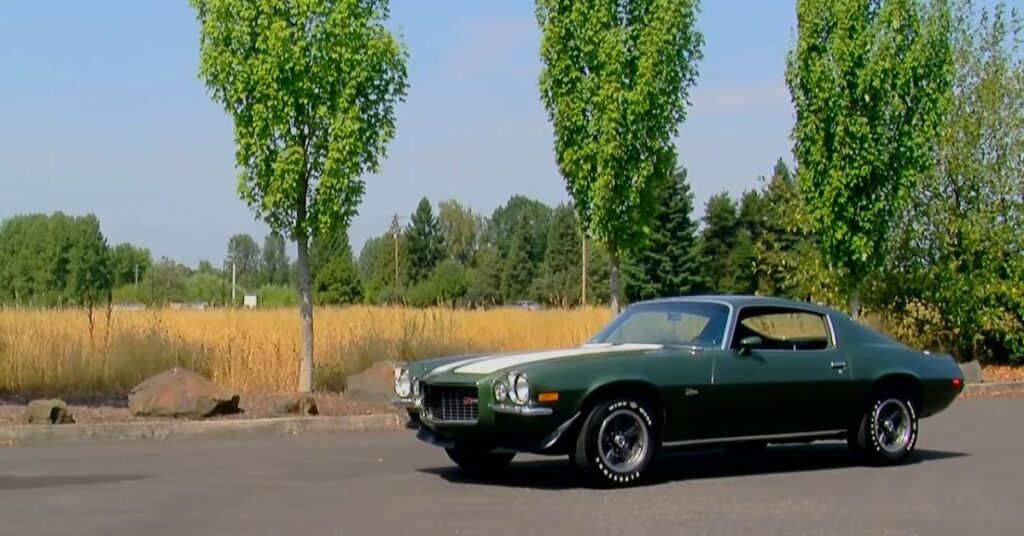The 1970 Chevrolet Camaro Z28 holds a special place in the hearts of Camaro enthusiasts. Following the success of the previous year’s model, Chevrolet introduced the all-new Camaro for 1970. With its unique design, range of powerful engines, and enhanced performance, the 1970 Z28 quickly became an icon among muscle cars.
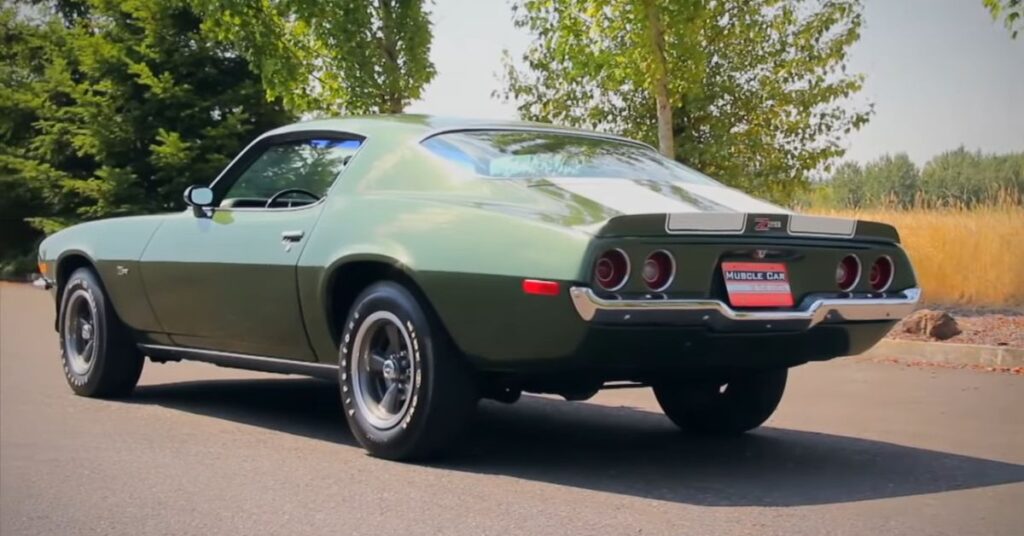
The 1970 Camaro Z28 retained the long nose and short deck look of its predecessor, but with a fresh design. The car featured a unibody chassis with a removable front subframe and a monocoque chassis from the firewall back. One notable design element was the sloped rear window configuration, which eliminated the quarter window, giving the car a distinct appearance.
Engine Options
Chevrolet offered a diverse range of engine options for the 1970 Camaro, catering to a wide variety of performance preferences. At the base level, customers could choose the inline straight-6 engine, providing reliable power for the entry-level models. While not the most powerful option, this engine offered decent performance and fuel efficiency, making it a practical choice for everyday driving.
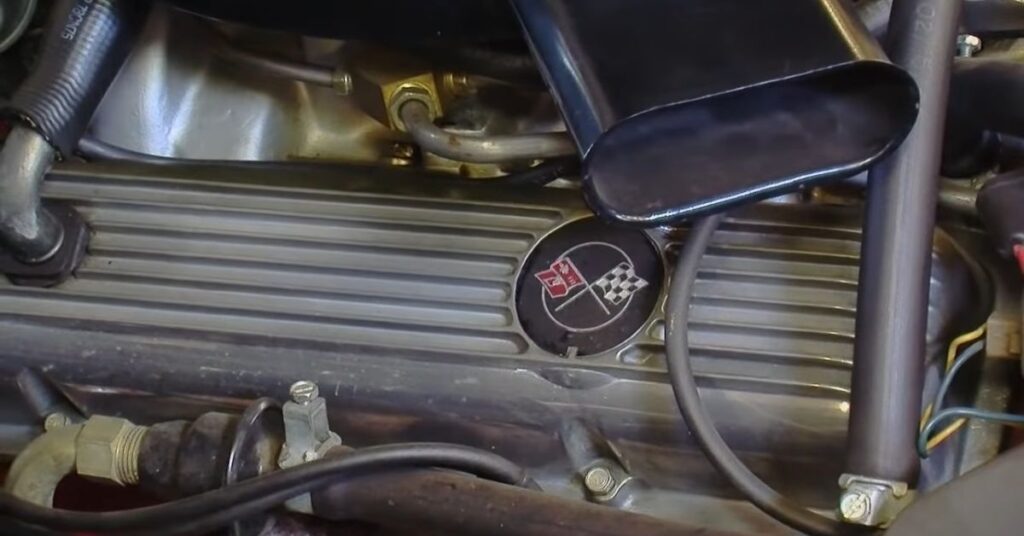
Moving up the ladder, the top-tier option was the 402 cubic inch big block V8. This engine was a powerhouse, delivering impressive performance and power. With its larger displacement and higher horsepower, the big block V8 was a favorite among muscle car enthusiasts who craved exhilarating acceleration and a commanding presence on the road. It provided a thrilling driving experience, especially when paired with a manual transmission.
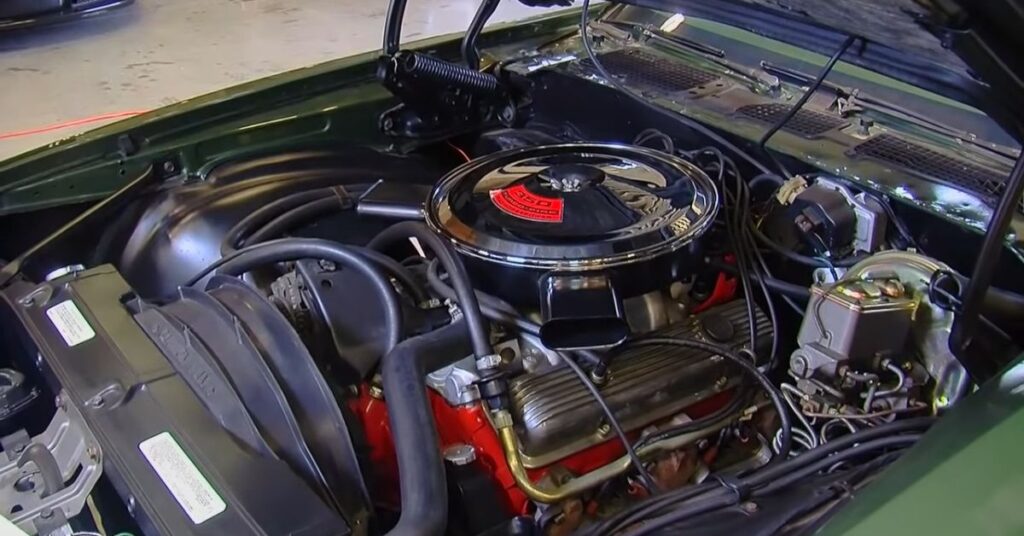
Although the highly sought-after 454 big-block engine was not available in the Camaro lineup for 1970, the 1970 Z28 model showcased a remarkable small-block engine that left a lasting impression on muscle car enthusiasts. The Z28 was equipped with a high-performance small-block 350 V8 engine that produced an impressive 360 horsepower. This engine was specially designed for performance, featuring a forged crankshaft, high-performance camshaft, and a low restriction air cleaner. It was a testament to Chevrolet’s commitment to creating a formidable and exhilarating driving experience.

The 1970 Z28, with its small-block engine, offered a balance of power and handling that appealed to drivers who craved both speed and agility. It featured an upgraded suspension system, including sway bars, shock valving, and coil springs, to ensure precise and responsive handling. The Z28 also boasted wider wheels and tires, including the iconic Firestone Wide Oval raised white letter F60-15s, which further enhanced its road grip and cornering capabilities. Overall, the combination of a powerful engine and enhanced handling made the 1970 Z28 a force to be reckoned with on both the drag strip and the open road.
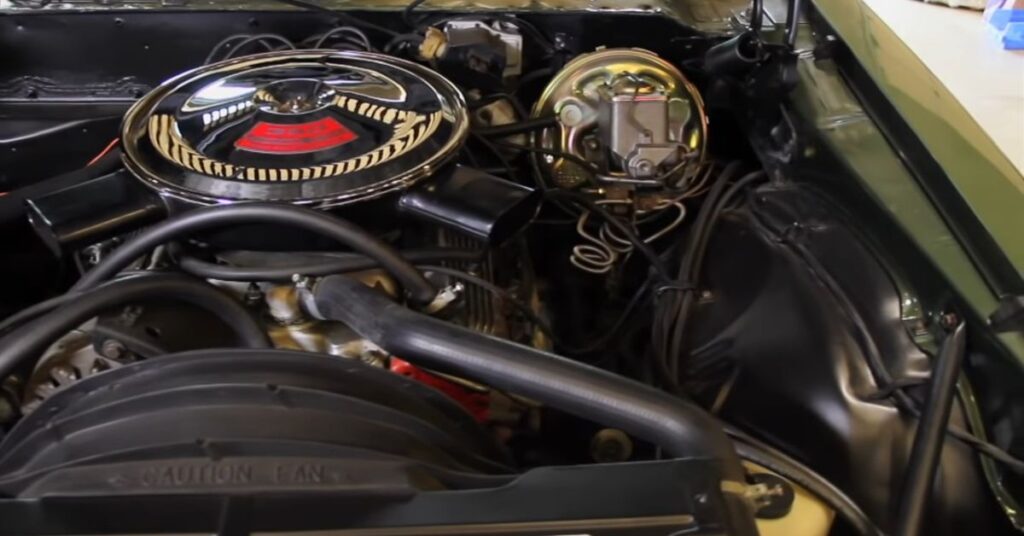
The 1970 Camaro Z28 had the task of living up to the success of its predecessor, the 1969 Z28. Chevrolet equipped the new Z28 with a powerful all-new 350 engine that produced 360 horsepower, surpassing the big-block engines of the time. The Z28 was originally designed for Trans Am Road racing, and its performance capabilities reflected this purpose.
Exterior Design
One of the most notable features of the AAR Cuda is the 340 cubic inch V8 engine tucked beneath its hood. Equipped with the three two-barrel six-pack induction system, this engine boasted an impressive carburetor setup. The Trans Am race version had a 305 cubic inch engine, but the street version came with a 340.
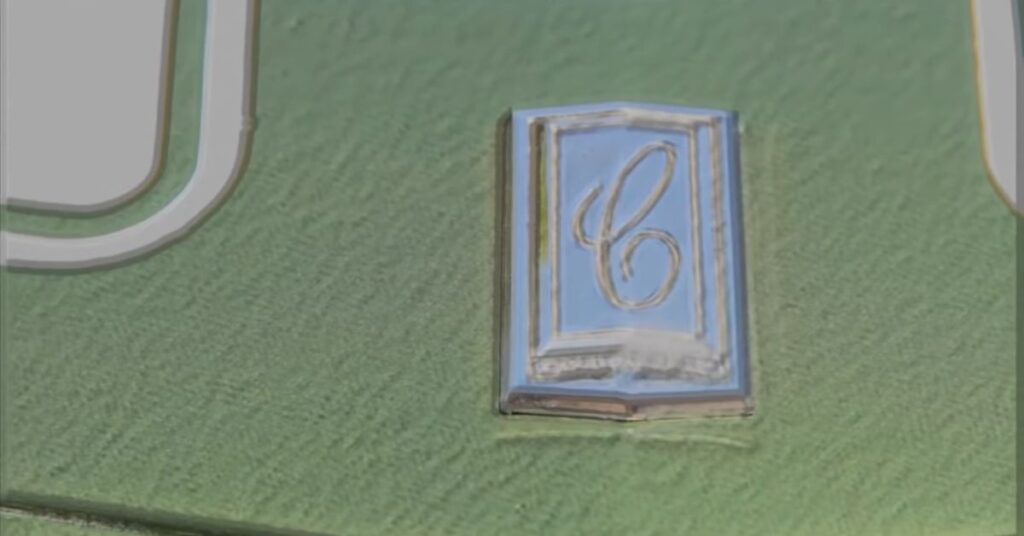
The 340 cubic inch V8 engine of the AAR Cuda, coupled with its four-speed manual transmission, delivers an exhilarating driving experience. With a heavy-duty bottom end and robust internal components, this engine is capable of free-revving at high RPMs.
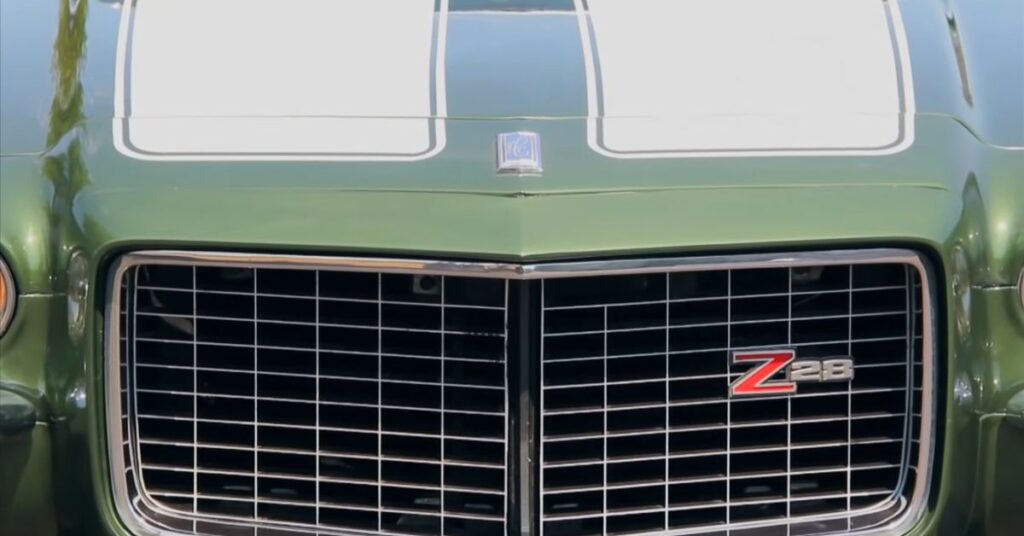
Designed for road racing, the 340 V8 offers a thrilling combination of power and performance. Its distinct six-barrel induction system, along with the black texture on the hood and front of the car known as “organisal,” adds to its unique appeal. The AAR Cuda’s trumpet side exhaust and staggered wheel sizes further contribute to its aggressive stance and unmistakable presence on the road.
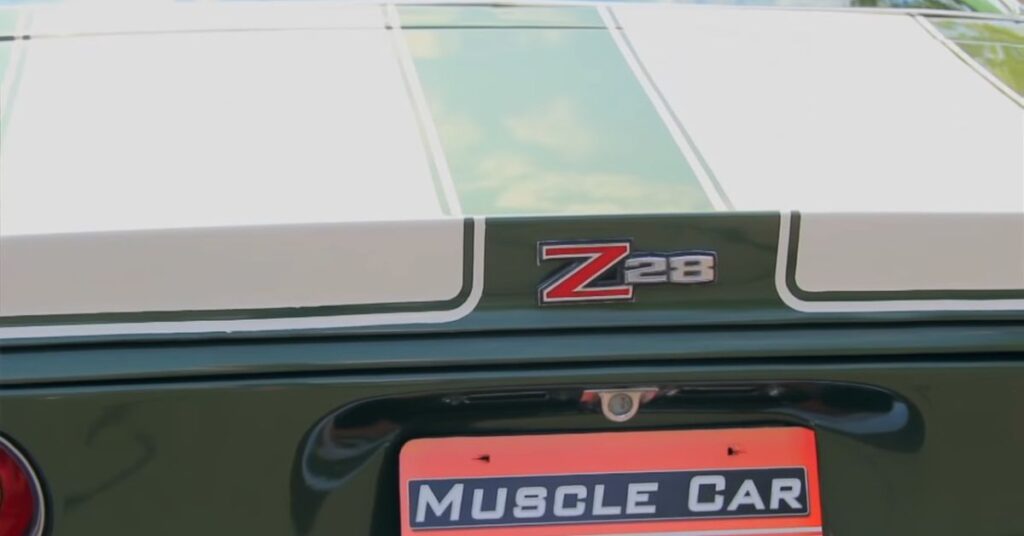
Interior Features
Step inside the 1970 Chevrolet Camaro Z28, and you’ll be greeted by a meticulously designed interior that combines both comfort and performance. The cabin features a blend of classic styling and modern touches, creating a space that is both nostalgic and functional. From the moment you settle into the driver’s seat, you’ll feel a connection to the car’s heritage.

The interior of the 1970 Z28 showcases a combination of woodgrain accents and satin finishes, giving it a refined and luxurious feel. The instrument cluster features a woodgrain trim, adding a touch of elegance to the dashboard. The woodgrain continues with a horn insert, providing a subtle yet sophisticated detail that complements the overall design aesthetic.
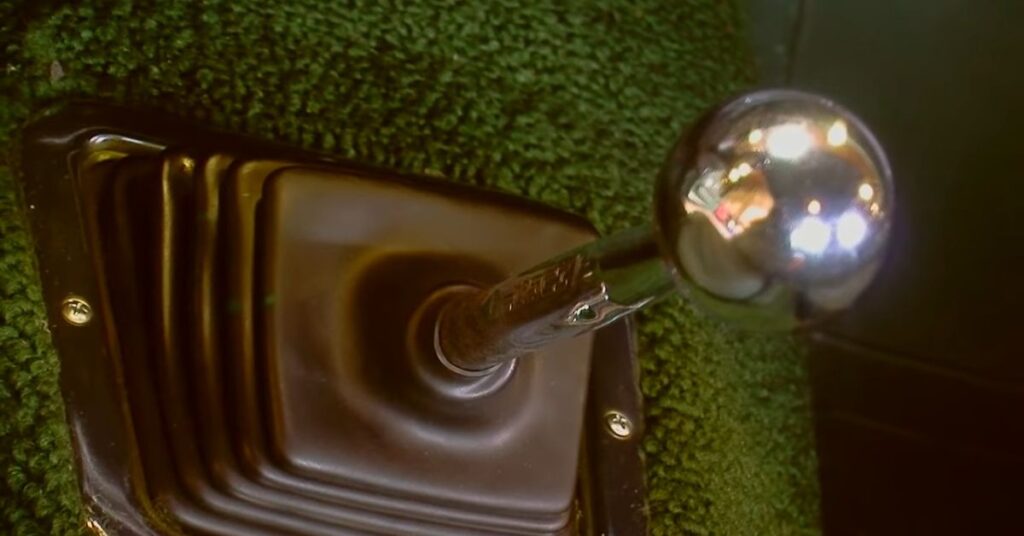
One notable feature of the 1970 Z28’s interior is the absence of a center console, emphasizing the car’s performance-oriented nature. This minimalist approach keeps the focus on the driving experience, allowing for quick and easy access to the controls. The uncluttered interior design enhances the overall feeling of being connected to the road, creating a sense of excitement and engagement for the driver.

To cater to the desires of music enthusiasts, the 1970 Z28 is equipped with an FM stereo unit integrated into the dash. This feature allows occupants to enjoy their favorite tunes while cruising in style. The audio system delivers crisp sound quality, further enhancing the overall driving experience and adding another layer of enjoyment to the journey.
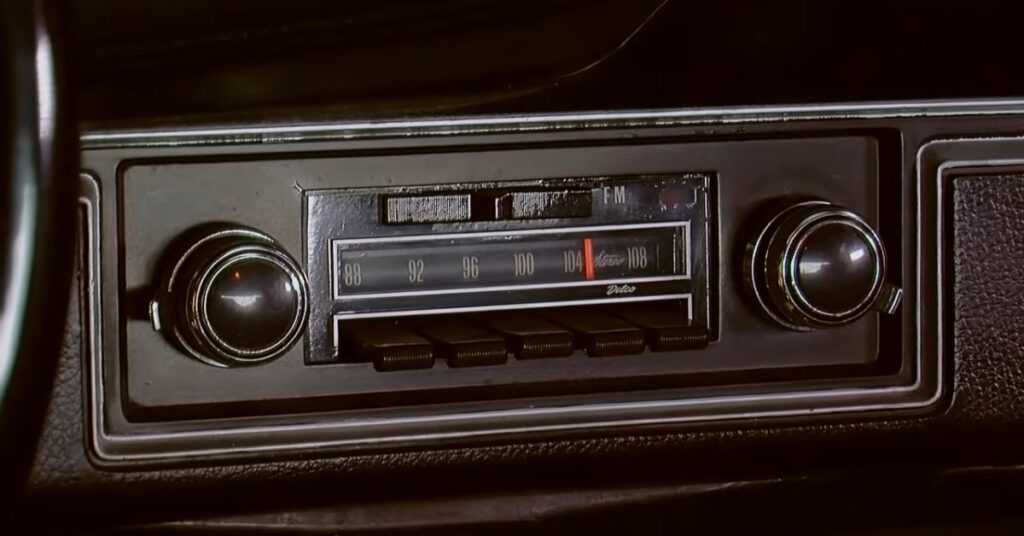
The lighting system
The lighting system of the 1970 Chevrolet Camaro Z28 was carefully designed to provide both style and functionality. The front of the car featured sleek and distinctive headlights that not only illuminated the road ahead but also added to the car’s overall aggressive and powerful appearance. The headlights were positioned in such a way that they seamlessly integrated with the front grille, creating a cohesive and captivating front-end design.

At the rear, the 1970 Z28 boasted eye-catching taillights that were as stylish as they were functional. The taillights featured a sleek and modern design, with bright and vibrant bulbs that ensured maximum visibility to other drivers on the road. The attention to detail in the taillight design was evident, with the lights blending seamlessly into the rear body panel, enhancing the car’s overall aesthetic appeal.
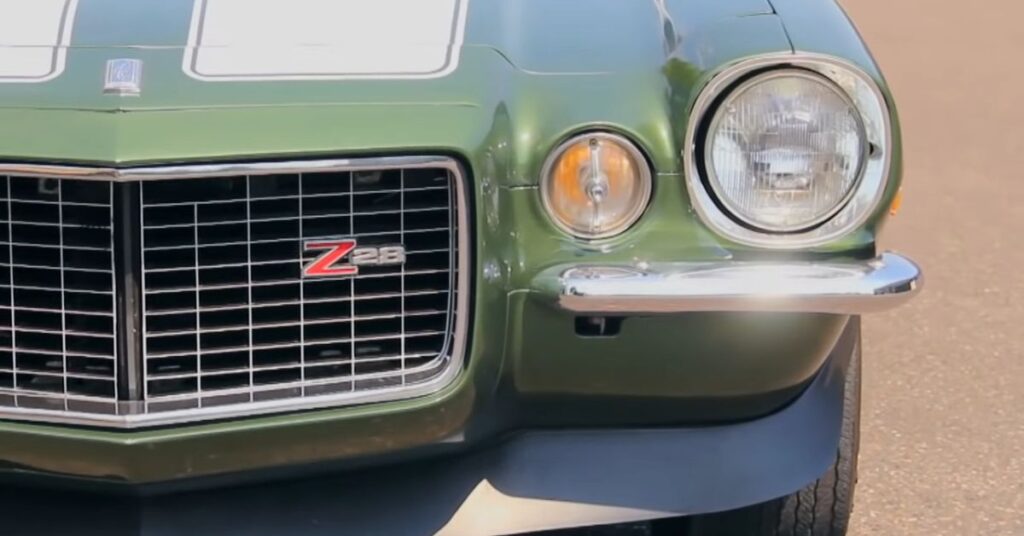
In addition to the headlights and taillights, the 1970 Z28 also featured other lighting elements that enhanced both safety and style. The car was equipped with side marker lights that not only increased visibility for other drivers but also added a touch of sophistication to the car’s exterior. These side marker lights were strategically placed on the front fenders and rear quarter panels, accentuating the car’s sleek lines and contours while serving a practical purpose on the road.
Conclusion
The 1970 Chevrolet Camaro Z28 stands as an impressive example of a classic muscle car. With its sleek design, powerful engine, and enhanced performance, the Z28 captured the hearts of enthusiasts. Today, it remains a highly sought-after and iconic vehicle in the world of American muscle cars.
